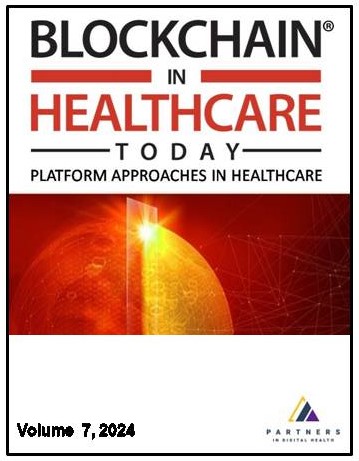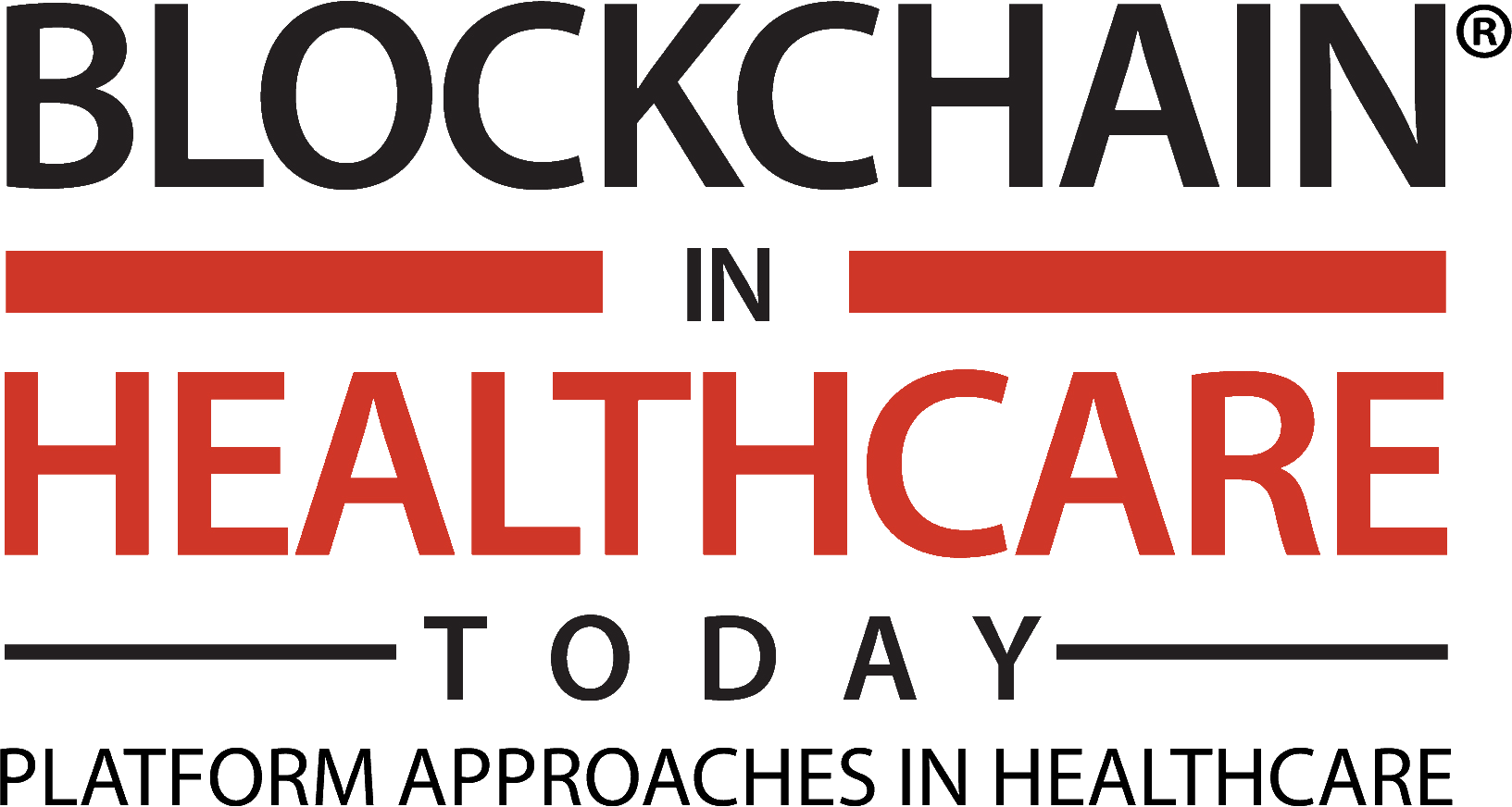
Additional files
More articles from Volume 2, Issue 1, 2019
Comment on: DMMS: A Decentralized Blockchain Ledger for the Management of Medication Histories
Top 10 Blockchain Predictions for the (Near) Future of Healthcare
Implementation Considerations for Blockchain in Healthcare Institutions
Voice Biometrics and Blockchain: Secure Interoperable Data Exchange for Healthcare
Ethical Implementation of the Learning Healthcare System with Blockchain Technology
Article views
Ethical Implementation of the Learning Healthcare System with Blockchain Technology
Abstract
We propose that blockchain technology complemented by secure computation methods can foster implementation of a learning healthcare system (LHCS) by minimizing upfront patient-facing compromises with unsurpassed data security and privacy, and by optimizing the system’s fulfillment of its obligations to respect patients through transparency, engagement, and accountability. We demonstrate how a blockchain-enabled LHCS could foster patient willingness to contribute to learning by providing desired security and control over health data. In addition, secure computation methods could enable meta-analysis without exposing individual-level data, thus allowing the system to protect patients’ privacy while simultaneously learning from their data. The transparency and immutability of blockchain ledgers would also support the public’s trust in the system by allowing patients to audit and oversee which of their data are used, how they are used, and by whom. Furthermore, blockchain communities are community-governed peer-to-peer networks in which sharing builds mutually beneficial value, offering a model for engaging patients as LHCS stakeholders. Smart contracts could be used to ensure accountability of the system by embedding feedback mechanisms by which patients directly and automatically realize benefits of sharing their data.
Keywords
References
Citation
Copyright
This is an open access article distributed under the Creative Commons Attribution License which permits unrestricted use, distribution, and reproduction in any medium, provided the original work is properly cited.
Article metrics
The statements, opinions and data contained in the journal are solely those of the individual authors and contributors and not of the publisher and the editor(s). We stay neutral with regard to jurisdictional claims in published maps and institutional affiliations.

